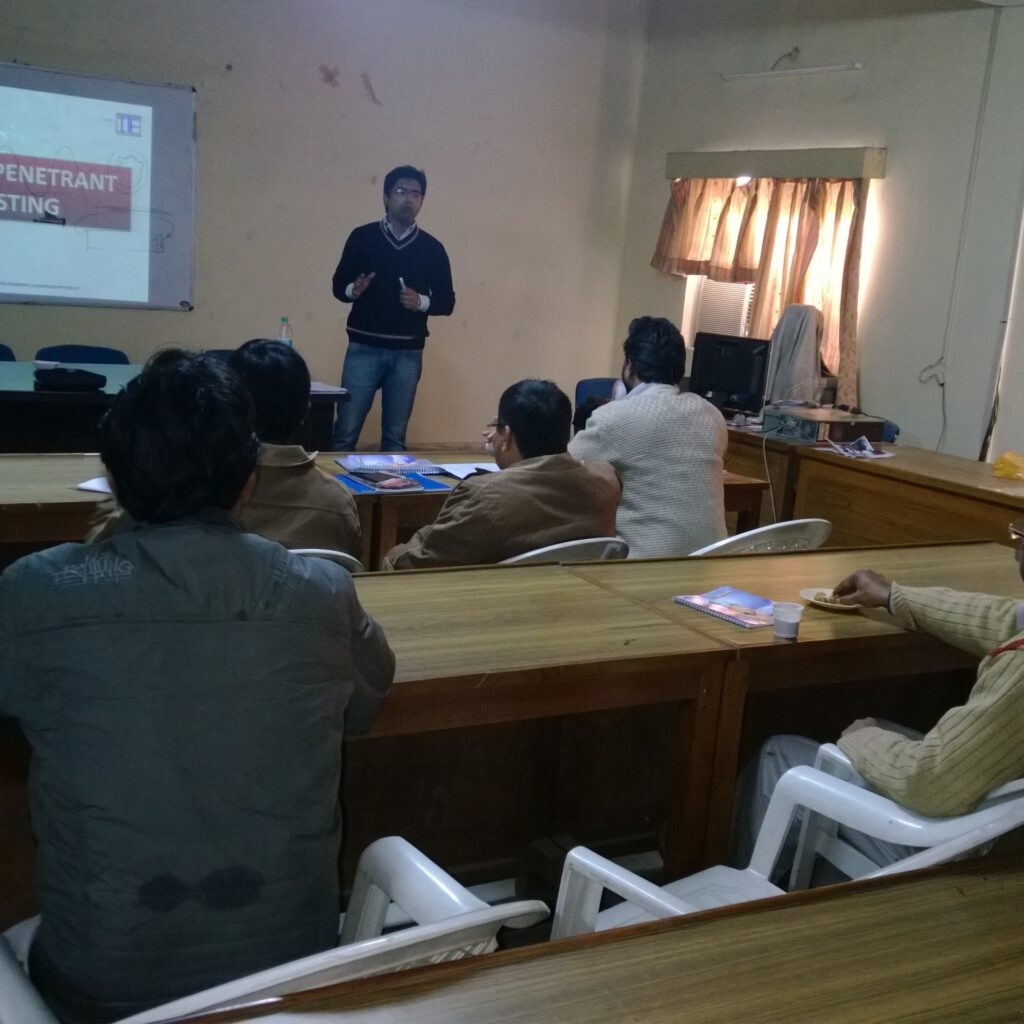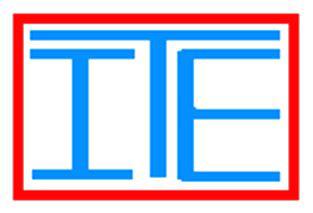NDT level II in UT, RT, MT and PT
NDT level II Testing Services in India

NDT Level II certification in UT (Ultrasonic Testing), RT (Radiographic Testing), MT (Magnetic Particle Testing), and PT (Penetrant Testing) indicates that an individual has a higher level of competence and knowledge in these specific nondestructive testing methods. These methods are widely used in various industries to inspect and evaluate materials, components, and structures for defects without causing any damage.
Here’s a brief overview of each of these NDT methods:
- Ultrasonic Testing (UT): UT involves the use of high-frequency sound waves (ultrasound) to detect internal flaws or defects in materials. Ultrasonic waves are sent into the material, and the reflected waves are analyzed to determine the size, shape, and location of defects. UT is commonly used for flaw detection, thickness measurement, and material characterization.
- Radiographic Testing (RT): RT utilizes X-rays or gamma rays to inspect the internal structure of materials. A radiographic image is produced on a film or digital detector, revealing hidden defects such as voids, cracks, and inclusions. RT is often used to inspect welds and castings.
- Magnetic Particle Testing (MT): MT, as explained in the previous response, involves the use of magnetic fields and magnetic particles to detect surface and near-surface defects in ferromagnetic materials.
- Penetrant Testing (PT): PT is used to detect surface-breaking defects in non-porous materials. A liquid penetrant is applied to the surface, allowed to seep into defects through capillary action, and then excess penetrant is removed. A developer is applied to draw out the penetrant from the defects, making them visible.
